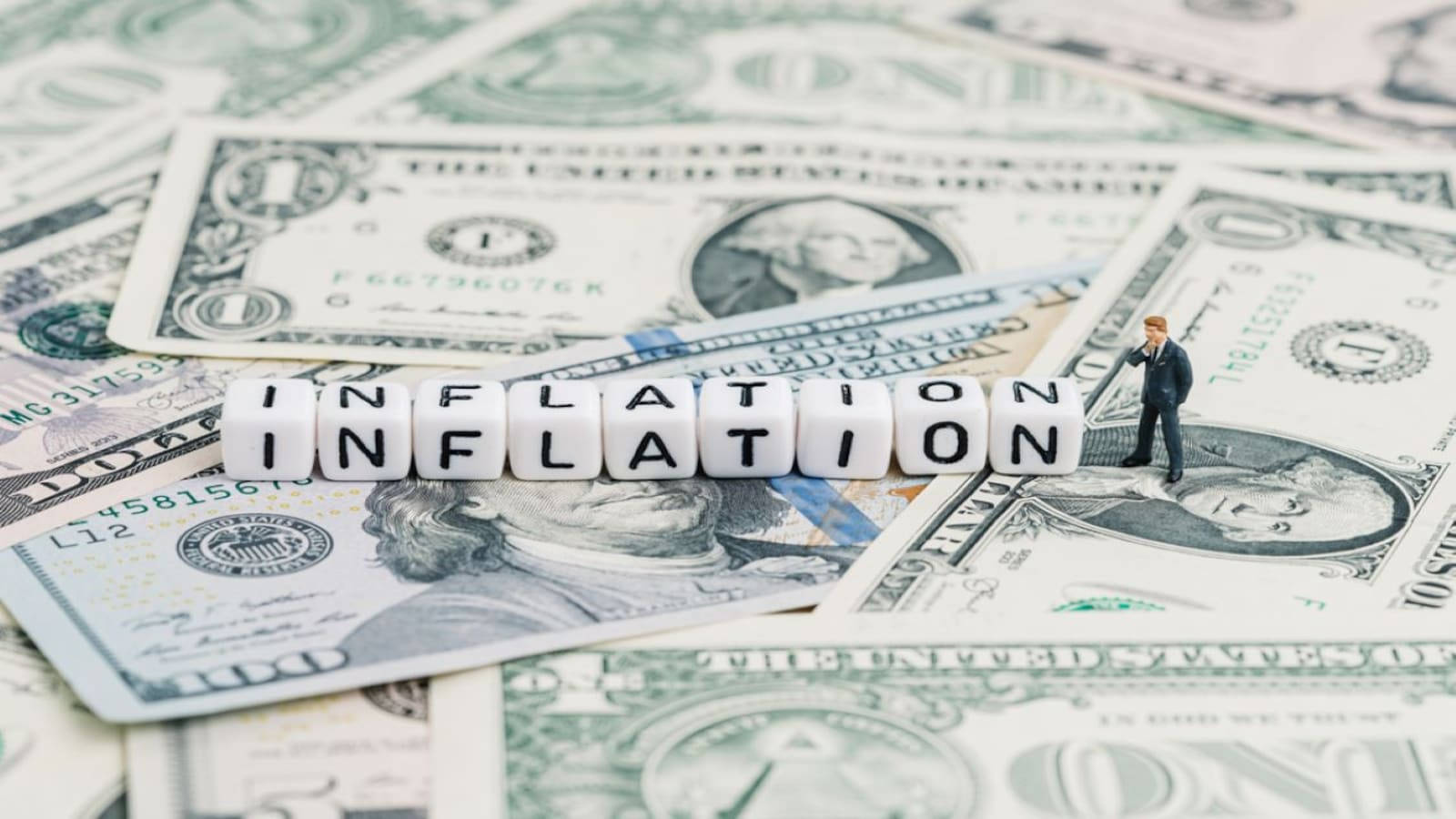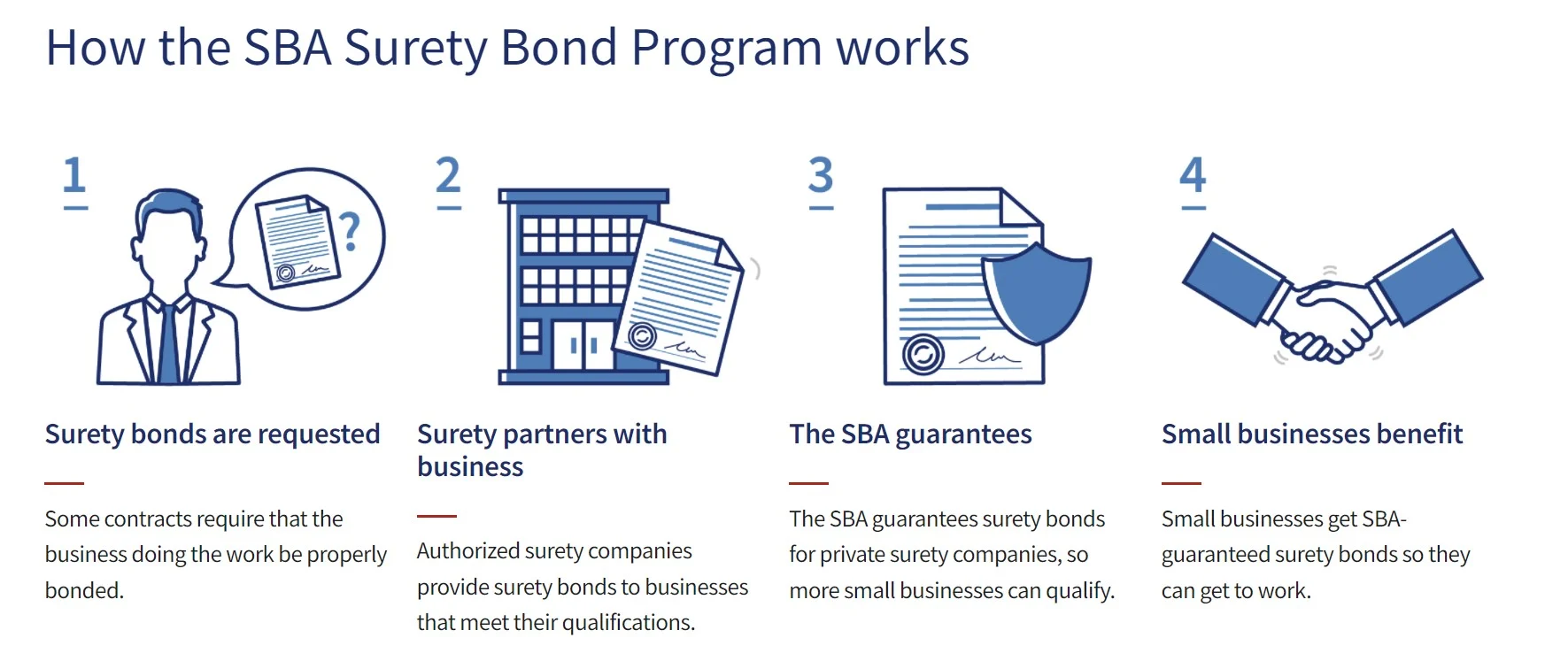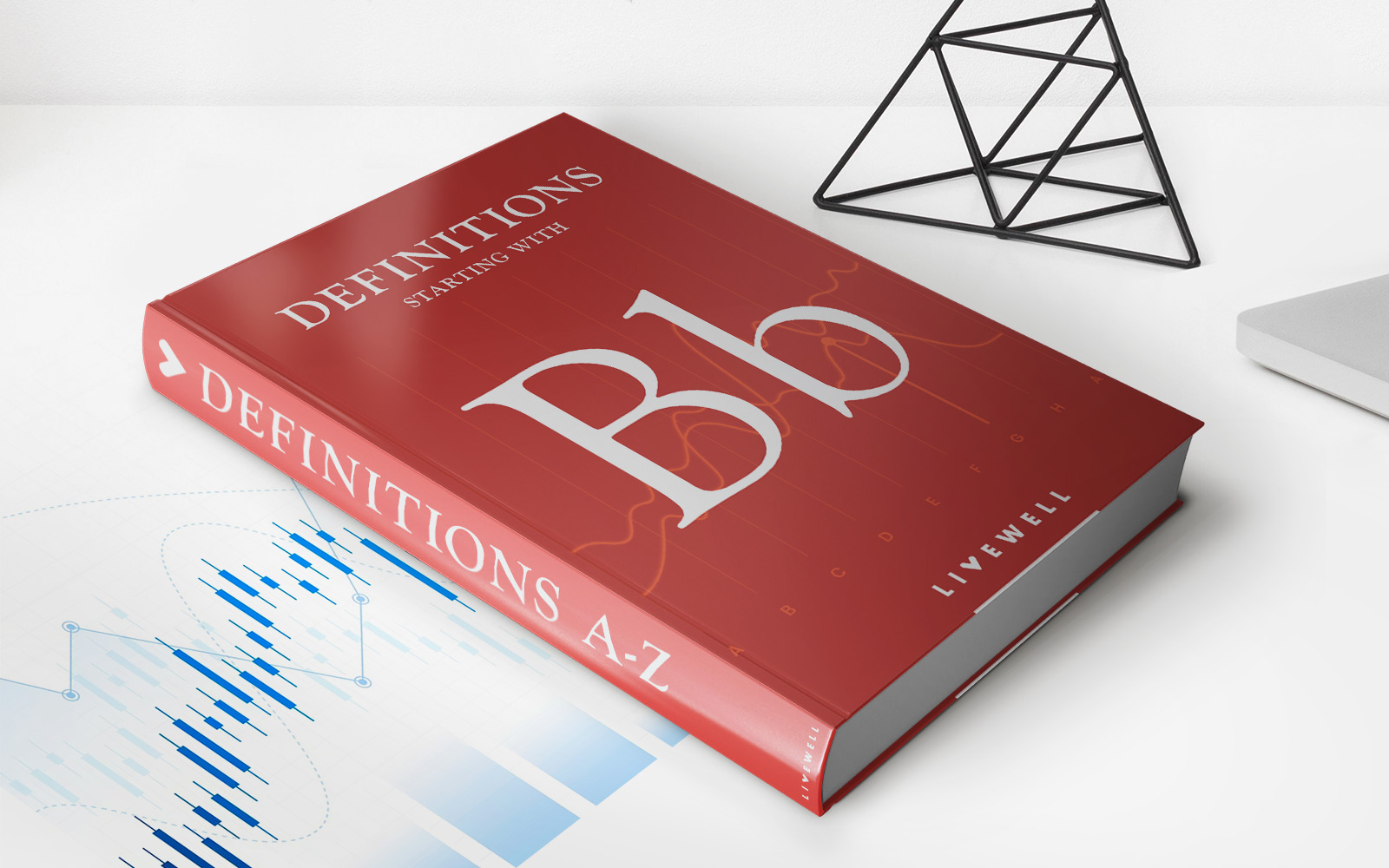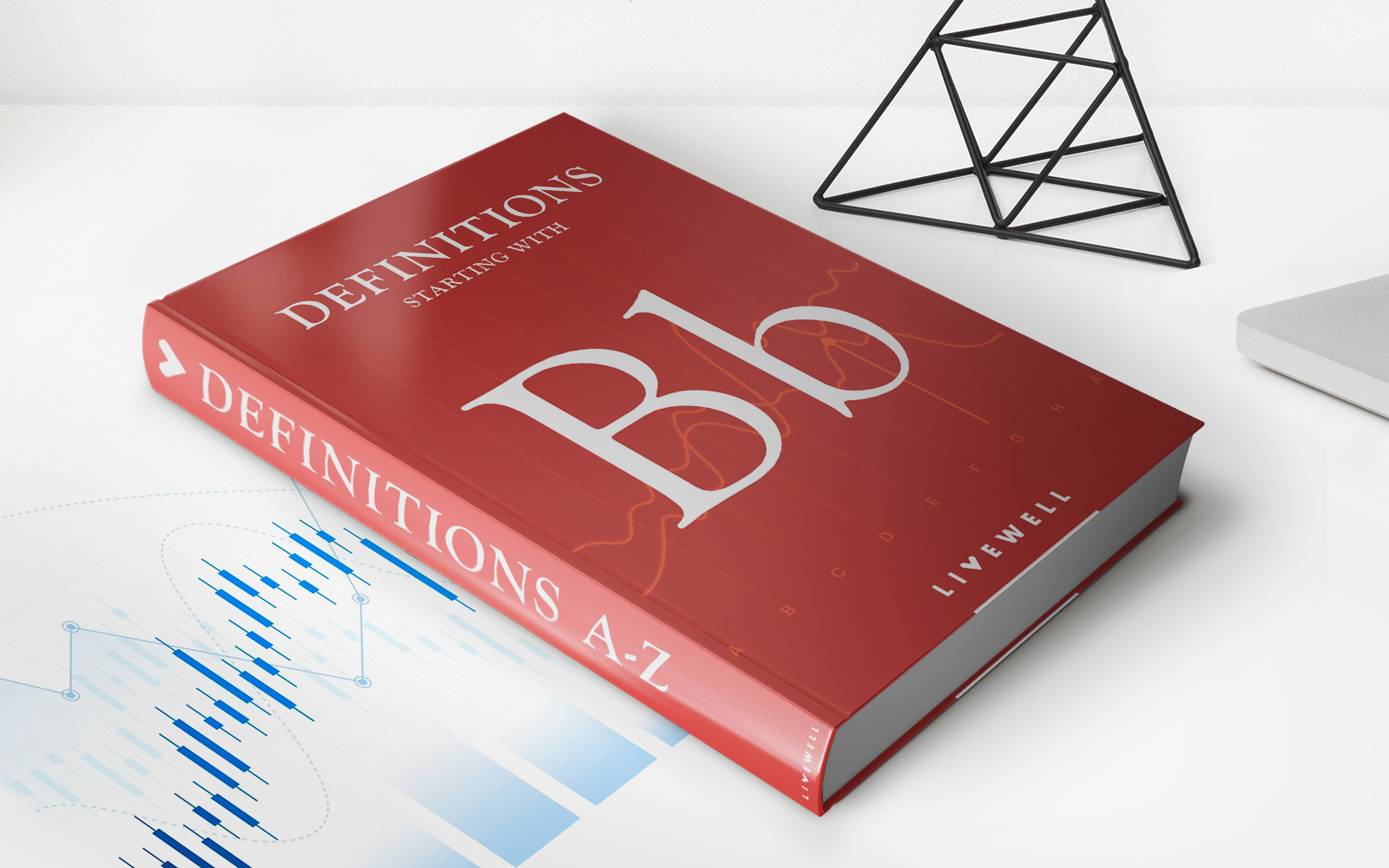

Finance
How Long Is A Grace Period For Student Loans
Modified: February 21, 2024
Discover how long the grace period for student loans is and get your finances in order. Learn about the financial flexibility available to you.
(Many of the links in this article redirect to a specific reviewed product. Your purchase of these products through affiliate links helps to generate commission for LiveWell, at no extra cost. Learn more)
Table of Contents
Introduction
Student loans play a significant role in financing higher education for millions of students across the United States. These loans provide necessary financial assistance to cover tuition fees, textbooks, and living expenses. However, once borrowers graduate or leave school, the reality of repayment begins to loom overhead.
Thankfully, there is often a temporary respite known as the grace period. This grace period is a crucial period of time during which borrowers are not required to make loan payments. It allows recent graduates or departing students to transition into the workforce or further education without the immediate burden of loan repayments.
In this article, we will dive deeper into the concept of the grace period for student loans. We will explore the typical length of these periods, how they differ between federal and private loans, and the significance of grace periods in the overall loan repayment process. Additionally, we will clarify the distinctions between a grace period and a deferment, which is another option available to borrowers.
Understanding the ins and outs of the grace period is essential for borrowers to effectively manage their finances and navigate the complexities of student loan repayment.
What is a grace period for student loans?
A grace period for student loans is a specified period of time during which borrowers are not required to make payments on their loans after leaving school, graduating, or dropping below half-time enrollment. It serves as a transitional phase, allowing borrowers to prepare for repayment without immediate financial obligations.
During the grace period, interest may still accrue on both federal and private student loans. However, borrowers are not responsible for making monthly payments until the grace period ends. This provides some breathing room for individuals to find employment, stabilize their finances, and adjust to post-education life.
It’s important to note that the length of the grace period can vary depending on the type of loan and the lender. Federal student loans typically have a standardized grace period, while private student loan grace periods may differ among lenders. Understanding the length of the grace period for your specific loans is crucial for effective financial planning.
During the grace period, borrowers have the option to begin making payments if they are financially able to do so. While it is not mandatory, making payments during this time can help reduce the overall cost of the loan by minimizing the accrual of interest.
Additionally, the grace period is an opportunity for borrowers to explore the different repayment options available to them. This includes understanding the various repayment plans, exploring income-driven repayment options, and considering loan consolidation or refinancing if necessary.
Overall, the grace period is designed to provide a smooth transition from student life to the beginning stages of loan repayment. By understanding the purpose and duration of the grace period, borrowers can effectively plan their finances and make informed decisions to manage their student loan debt.
How long is a typical grace period for student loans?
The length of the grace period for student loans can vary depending on the type of loan and the lender. In general, federal student loans typically have a standard grace period of six months. This means that borrowers have a six-month period after leaving school or graduating before they are required to make loan payments.
Private student loans, on the other hand, do not have a standardized grace period. The length of the grace period for private loans can vary significantly depending on the lender. Some private lenders may offer a grace period of six months, similar to federal loans, while others may have shorter or longer grace periods. It is crucial for borrowers with private student loans to carefully review the terms and conditions of their loan agreement to determine the length of their grace period.
It’s important to note that not all types of student loans have a grace period. For example, some loans, such as Parent PLUS loans and Graduate PLUS loans, do not offer a grace period. These loans typically require repayment to begin immediately after the funds are disbursed.
Additionally, it’s essential to remember that although borrowers are not required to make payments during the grace period, interest may still accrue on both federal and private student loans. This means that if borrowers do not make payments during this time, the interest that accumulates will be added to the principal balance of the loan, potentially increasing the overall cost of repayment.
Understanding the length of the grace period for your specific loans is crucial for effective financial planning. It allows borrowers to anticipate when their loan payments will begin and prepare accordingly. During the grace period, borrowers have the opportunity to focus on securing employment, organizing their finances, and exploring the various repayment options available to them.
Ultimately, knowing the length of your grace period and having a clear understanding of your loan terms will empower you to navigate the early stages of loan repayment with greater confidence and financial stability.
Federal student loan grace periods
For borrowers with federal student loans, the grace period is a standard feature that provides them with a period of time before they are required to begin making loan payments. The length of the grace period for federal loans is typically six months.
During this grace period, borrowers have the opportunity to transition from student life to the workforce or further education. They can focus on securing employment, organizing their finances, and familiarizing themselves with their loan repayment options.
It’s important to note that the six-month grace period for federal student loans is consistent across different types of federal loans, including Direct Subsidized Loans, Direct Unsubsidized Loans, and Federal Stafford Loans. This provides borrowers with a standard timeframe to plan and prepare for loan repayment, regardless of the specific federal loan program they participated in.
During the grace period, interest may still accrue on both Direct Subsidized and Direct Unsubsidized Loans. However, for Direct Subsidized Loans, the federal government covers the interest during eligible periods such as the grace period. This means that borrowers of subsidized loans do not accrue interest on their principal balance during the grace period.
While borrowers are not required to make payments during the grace period, they have the option to begin making payments if they choose to do so. Making early payments during the grace period can help reduce the overall cost of the loan by minimizing the interest that accrues.
Having a clear understanding of the federal student loan grace period is crucial to effectively plan for loan repayment. It gives borrowers a designated timeframe to prepare their finances, explore repayment options, and gather necessary documentation for when loan payments become due.
It’s important to stay informed about any changes or updates to the grace period due to federal regulations or policy changes. By staying up-to-date, borrowers can ensure they make the most of their grace period and establish a solid foundation for successful loan repayment.
Private student loan grace periods
Unlike federal student loans, private student loans do not have a standardized grace period. The length of the grace period for private loans can vary significantly depending on the lender and the terms of the loan agreement. It is essential for borrowers to carefully review their loan documentation to determine the specific details of their grace period.
While some private lenders may offer a grace period of six months, similar to federal loans, others may have shorter or longer grace periods. In some cases, certain private lenders may not offer a grace period at all, requiring borrowers to begin making loan payments immediately after the funds are disbursed.
It’s crucial for borrowers to understand the terms of their private student loans and be aware of any grace period limitations or restrictions. This knowledge will help them effectively plan for repayment and avoid any surprises when the grace period ends.
During the grace period for private student loans, borrowers have time to focus on securing employment, organizing their finances, and exploring various repayment options. They can use this period to understand the terms and conditions of their loan, evaluate different repayment plans, and determine the most suitable option for their financial situation.
It’s worth mentioning that, similar to federal loans, interest may still accrue on private student loans during the grace period. If borrowers do not make payments during this time, the accrued interest will be added to the principal balance of the loan, potentially increasing the overall cost of repayment.
Private student loan lenders may also offer borrowers the option to make payments during the grace period to reduce the overall interest that accrues. Making payments during this time can help borrowers lower their total loan balance and save money in the long run.
Given the variability in private student loan grace periods, borrowers should proactively contact their loan servicers to clarify the specific terms of their grace period. It’s essential to be aware of the length of the grace period, any available options for early repayment, and the overall terms and conditions of the loan. Being well-informed will empower borrowers to make sound financial decisions and effectively navigate the repayment process.
Grace period vs. deferment: What’s the difference?
When it comes to student loans, it’s essential to understand the difference between a grace period and a deferment. While both provide temporary relief from making loan payments, they operate under different circumstances and have distinct purposes.
A grace period is a predetermined period of time during which borrowers are not required to make payments on their student loans. It typically occurs after graduation, leaving school, or dropping below half-time enrollment. The length of the grace period varies depending on the type of loan and the lender. During this period, interest may still accrue, but borrowers have no immediate obligation to make loan payments.
On the other hand, a deferment is a temporary suspension of loan payments allowed under certain specific circumstances. Unlike the grace period, a deferment can take place during periods of economic hardship, unemployment, or enrollment in further education or military service.
A deferment typically requires borrowers to apply and provide documentation to prove eligibility. If approved, borrowers are granted a designated period, during which they are not required to make loan payments. Depending on the loan type and circumstances, interest may or may not accrue during the deferment period.
The key distinction between a grace period and a deferment is the eligibility requirements and the reasons for granted relief. The grace period is automatically provided to borrowers who have recently graduated or left school, whereas a deferment is only granted under specific circumstances and must be applied for and approved.
It’s crucial to understand that interest will generally accrue on both federal and private student loans during a deferment, unless they are subsidized loans or under certain special circumstances. This means that even though borrowers are not making payments during the deferment period, the interest that accrues will be added to the principal balance of the loan, potentially increasing the overall cost of repayment.
Before deciding between utilizing a grace period or a deferment, borrowers should carefully evaluate their specific circumstances and eligibility. If given the option, it may be beneficial to take advantage of the grace period first to give yourself some time to stabilize your finances before considering a deferment.
It’s always recommended to consult with your loan servicer or financial aid office to explore the available options and determine the best course of action based on your individual needs.
Important considerations during the grace period
The grace period for student loans provides borrowers with a valuable opportunity to assess their financial situation and prepare for the upcoming loan repayment. Here are some important considerations to keep in mind during the grace period:
1. Financial Planning: Use the grace period to create a realistic budget and evaluate your financial capabilities. Assess your income, expenses, and other financial obligations to determine how much you can afford to allocate toward student loan payments once the grace period ends.
2. Loan Repayment Options: Familiarize yourself with the different repayment options available for your specific student loans. Understand the terms and conditions of each option, such as income-driven repayment plans, extended repayment plans, or loan consolidation. This will help you choose the most suitable repayment plan for your financial circumstances.
3. Explore Loan Forgiveness Programs: Research if you are eligible for any loan forgiveness or discharge programs. Certain professions, such as public service or teaching, may qualify for loan forgiveness after a certain number of years of service. Take advantage of the grace period to gather all necessary documentation and determine if you meet the requirements for any of these programs.
4. Interest Accrual: Understand that interest may still be accruing on your student loans during the grace period. If possible, consider making interest-only payments or even principal payments during this time to prevent the interest from capitalizing and increasing the overall loan balance.
5. Build an Emergency Fund: Use the grace period to start building an emergency fund. Having a financial safety net can provide peace of mind and help cover unexpected expenses, reducing the strain on your budget once loan repayment begins.
6. Contact Your Loan Servicer: Take the initiative to contact your loan servicer during the grace period. Confirm the details of your loan, including the repayment start date, the amount of your monthly payments, and any other terms and conditions that may be specific to your loan agreement.
7. Stay Informed: Keep abreast of any changes in loan regulations or policies that may impact your repayment options. Stay in touch with your loan servicer, read any correspondence carefully, and attend any relevant financial literacy workshops or webinars to ensure you are informed about your rights and responsibilities as a borrower.
By considering these important factors during the grace period, borrowers can make informed decisions about their student loan repayment strategy and set themselves up for a successful and manageable loan repayment journey.
Conclusion
The grace period for student loans provides borrowers with a temporary reprieve from making loan payments and serves as an essential transition period after graduation or leaving school. Understanding the ins and outs of the grace period is crucial for effectively managing student loan debt and planning for loan repayment.
During the grace period, borrowers have the opportunity to explore their repayment options, evaluate different loan forgiveness programs, and assess their financial capabilities. It is a time to create a budget, build an emergency fund, and gather all necessary documentation for future repayment plans.
For federal student loans, the grace period is typically six months, while the length of the grace period for private student loans varies among lenders. It is important for borrowers to carefully review the terms and conditions of their loans to determine the specific details of their grace period.
It is worth noting that interest may still accrue during the grace period, which can increase the overall cost of repayment. Making interest-only or principal payments during this time can help minimize the accumulation of interest and reduce the total loan balance.
Additionally, understanding the distinction between a grace period and a deferment is crucial. A grace period is automatically provided after graduation or leaving school, while a deferment must be applied for and granted under specific circumstances. Knowing when to use each option can help borrowers effectively manage their loans while addressing financial hardships or furthering their education.
Ultimately, the grace period is a valuable time for borrowers to plan, prepare, and gather information for their student loan repayment journey. By taking advantage of this period and making informed decisions, borrowers can set themselves up for success and navigate the complexities of loan repayment with confidence.
Remember, staying in touch with your loan servicer, staying informed about any changes or updates in loan regulations, and seeking assistance when needed will help ensure a smooth transition from the grace period to full loan repayment.














